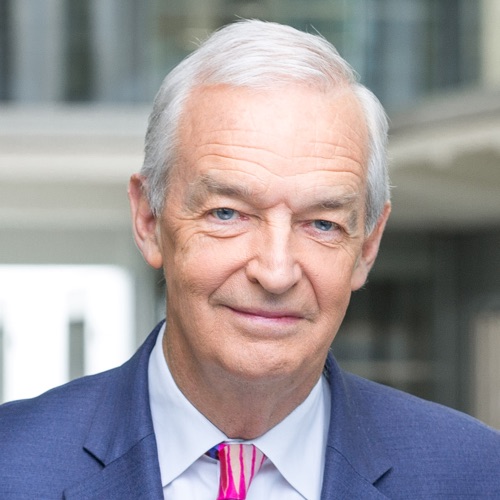Haiti: no doctor, no medicine, no hope
I think he’ll die. A sweet man, a pastor who’s church had collapsed upon him. Here he is lying down.
His mangled right hand had been traumatically damaged in the earthquake. His arm is vastly swollen and I suspect gangrene. He is still able to converse.
His body is a mass of suppurating sores. He has had no medical attention since the quake and his wife lies buried beneath their house, which engulfed her at the same moment that his church came down.
His sheer dignity in grief seems both to allow him to understand that he will die, and to allow him to be frightened.
We talk in difficult French. I try to see whether it might be possible to find someone with a car that still runs and still has petrol, to get him to hospital.
But neither he nor I know whether the hospital is still standing – and even if it has, whether it has drugs or anti-sceptic bandages.
The pastor is on a bedspread out in the open air, flat on the concrete surface of a small basketball pitch.
Nearby, lying on what seems to be the upside down roof of an old pick up truck, a middle aged woman with an horrific wound on the left hand side of her head.
The eye completely overwhelmed by a huge mound of knotted flesh – again poison seems to have set in, and she needs help desperately. Another woman, younger, has a gaping wound in her leg. No doctor, no medicine, no hope.
Every house on the hillside above and below has been smashed and mangled. In all there are 306 souls in the camp. The bodies of the people these people loved and lived with, are still inside, the stench is utterly overwhelming.
An old woman emerges from a corrugated shed, enveloped in dust. She is a hundred feet below me. She thrusts three fingers in the air at me, pleads, her arms thrown asunder, and then clenches her nose. She and I know of what she signals.
Three people are dead in her house, almost certainly the three people she loved most, lived with longest. She wants them out, disposed off.
She is distracted with utter grief and desolation. Her life is over. She might only be sixty, but what can console her, what can reconnect her with what was?
I had only found my way to the camp by chance. We had passed a water truck with a vast orderly queue. I had got talking to a younger woman, Anguine.
Her friend standing next to her was seven months pregnant. She herself had three children under eight. Both had had their houses wiped out by the earthquake. So I asked if we might visit what had been here home and where the now slept.
There wasn’t a square inch of the basketball court to spare. The pastor was surrounded by women who might have been his sisters or neighbours fanning him with rags.
It wasn’t just that no doctor or nurse had been here – no single official NGO, media, GI nor anyone else had been here in the five days since the quake. And the story was just the same if not worse in the next camp 100 meters down the hill.
Here more than a thousand people crammed into an area no bigger that the penalty area of a football pitch. Again no single official had visited and needs were critical. Water, medicines, medical attention, and food.
But we as left, with our guilt and incapacity and our complete helplessness in our hearts, we suddenly saw a team of evaluators, a man in a white t-shirt from the UN Organization for Migrant Peoples – God lives!
And on this day he is alive and struggling in Haiti in the form of the United Nations and so many large and small people’s organisations, NGOs, trying to transform your money into these victims life lines.
White T-Shirt has a lady in pink with him, armed with a clipboard, a yellow pad, and illegible writing. Spontaneous committee leaders representing the camp give her the details.
But there’s another man, and he turns out to be the first official of any rank in Haiti’s governance that we have met. He is one of the only two district mayors in Port-au-Prince to have survived the quake – the other five are feared dead.
He’s a focused man, by chance, in what once was real life, he was an architect and civil engineer. He’s dynamic in this unremitting hell.
His own house has collapsed, but his mayoral white 4X4 has survived and his shirt is clean and pressed. He’s on the starting block of recovery.
We take the mayor, the lady in pink, and white t-shirt to the Pastor’s camp. The twenty dollars I had given for transport seems to have removed them. To where I have no idea – there is nowhere here.
The mayor meets, greets, moves among the dispossessed pleading with them to wait for what he knows he cannot deliver.
He tells me that he has discovered that prisoners from the nearby jail that spewed its inmates during the quake, have looted even what little these people had.
The mayor is going to a meeting with the UN. If he feels hopeless he does not show it.
He’s one of two in a city with 100,000 dead, and a million wounded and homeless, but he and the still small band of NGOs are a beginning, a still small ember of hope.
